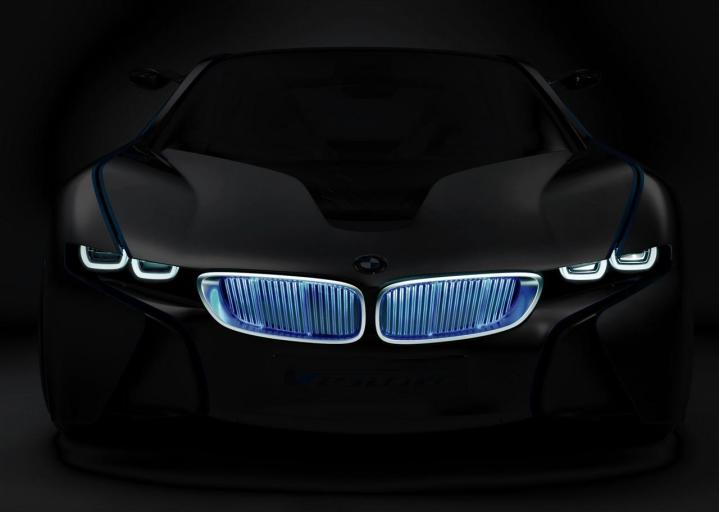
Remember that fancy hybrid BMW has been ranting about lately? Oh yeah, it’s the i8, and it also has one heck of a three-cylinder engine.
I was recently asking myself what could be so special about three-cylinders. I mean, how mean can three tiny cylinders really be?
Then again it makes 231 horsepower, and 236 pound-feet of torque through the use of twin-turbochargers. Gee wiz mister, with the three-pot shoebox alone who needs the added 131 hp from the electric motor.
With the i8 weighing in at close to 3,000 pounds it’s easy to see why it roars from 0 to 60 in just 4.4 seconds … and when I say roar, I mean roar.
The video below shows an i8 blasting through a few gears in sport mode. It doesn’t even remotely resemble the sound of a polar-bear-saving hybrid, but rather the ozone-layer-ripping into a million pieces.
Keep in mind BMW’s Active Sound technology is included in the i8, and does play a part. This means that the engine noise is being belched into the cabin through speakers in order to get the full effect. I hope the buzzing three-cylinder really does sound the same in real life as the video, without any special effects.
BMW really has something going for this car, and they have even come up with system to let pedestrians hear the car coming, unlike those dastardly Prii.
Oh, and did I ever mention how good it sounds? Watch the video below from Bimmerpost and find out.


